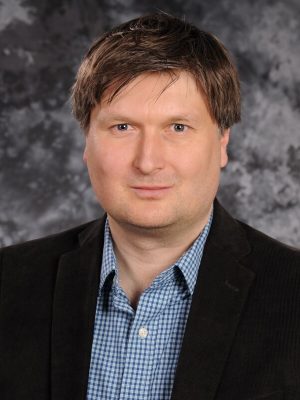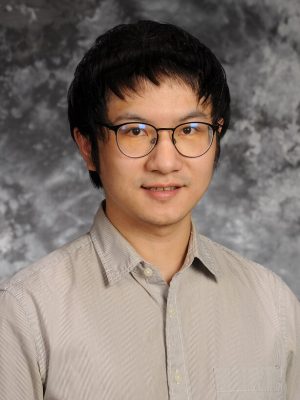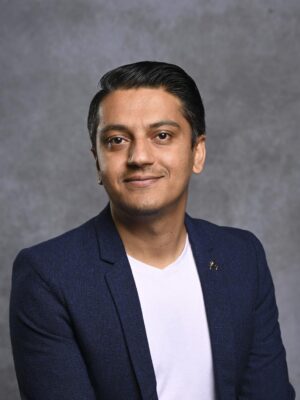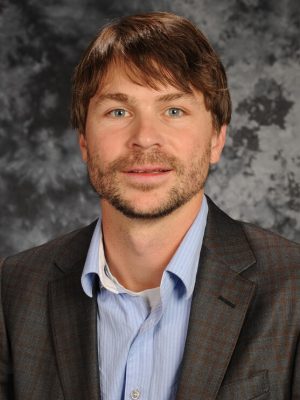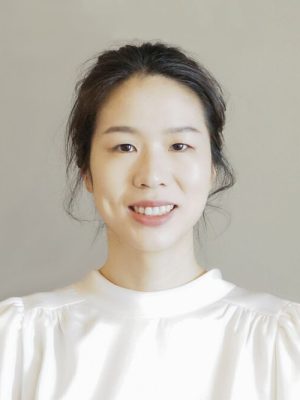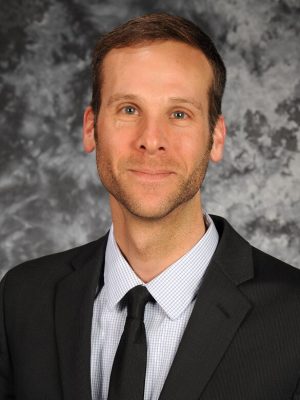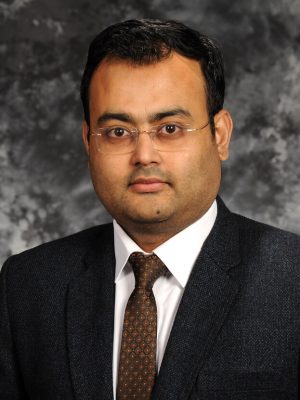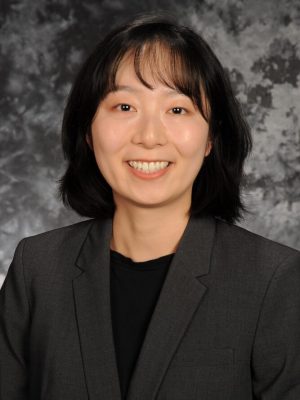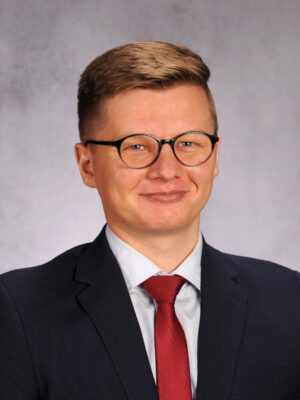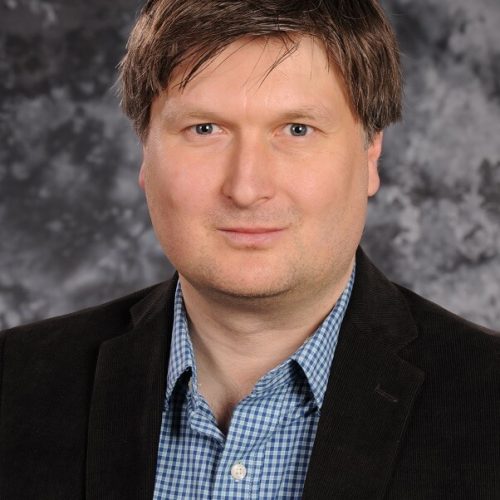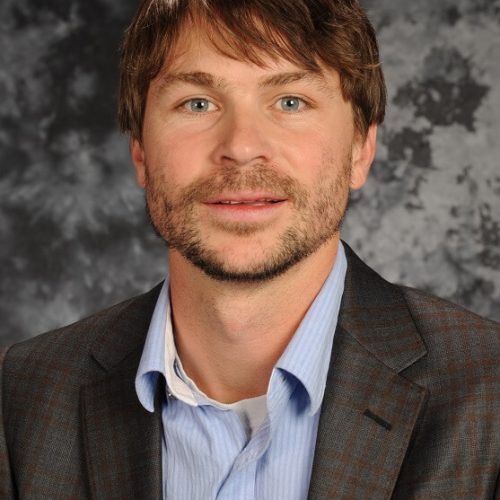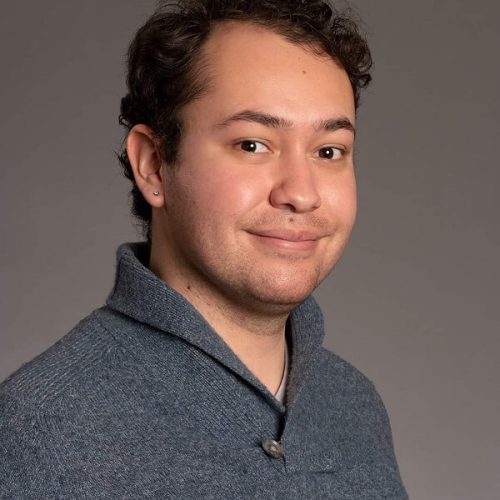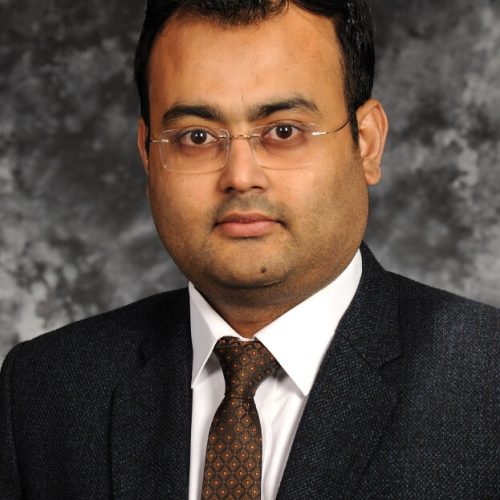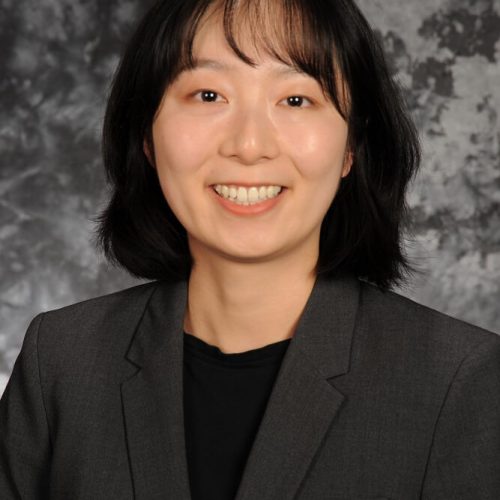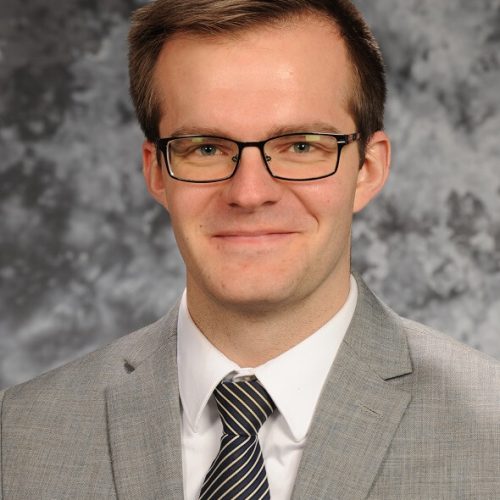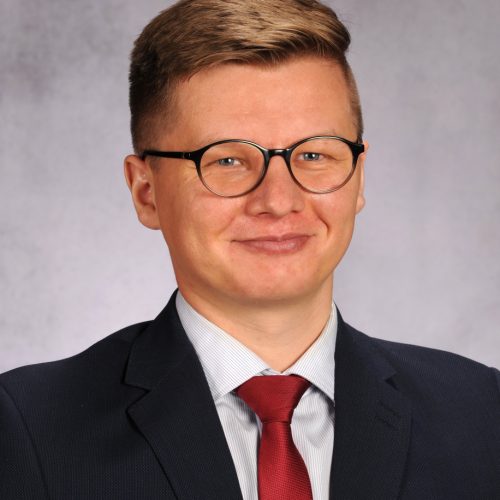Skip to content


Battelle Energy Alliance manages INL for the U.S. Department of Energy’s Office of Nuclear Energy
Idaho National Laboratory
1955 N. Fremont Ave.
Idaho Falls, ID 83415
866-495-7440
Copyright © 2025 Idaho National Laboratory
- Home
- About
- ABOUT INL
- Contact Information
- Vision and Leadership
- Impacts
- Fact Sheets
- History
- Science & Technology Overview
- Laboratory Directed Research and Development
- FAQs
- The Top 20 Questions About Idaho National Laboratory
- BUS OPERATIONS
- FACILITIES
- User Facilities
- VISITORS
- Tours
- EBR-I Atomic Museum
- ENVIRONMENTAL
- Environmental Policy
- Sustainable INL
- Cultural Resources
- Annual Site Environmental Report
- Research
- Partnerships
- LICENSING & PARTNERSHIPS
- Licensing Process
- Ways to Do Business with INL
- Guide: Partner with DOE Labs
- PROSPECTIVE SUPPLIERS
- Initiating Business with INL
- Small Business Program
- Procurement Opportunities
- Vendor Portal
- Community Grants
- Community Volunteerism
- Request A Speaker
- ECONOMIC & WORKFORCE DEVELOPMENT
- K-12 STEM EDUCATION
- K-12 STEM Education Grants
- Resource Library
- Explore STEM Careers
- Interactive Periodic Table of Elements
- News
- Careers
- Events

